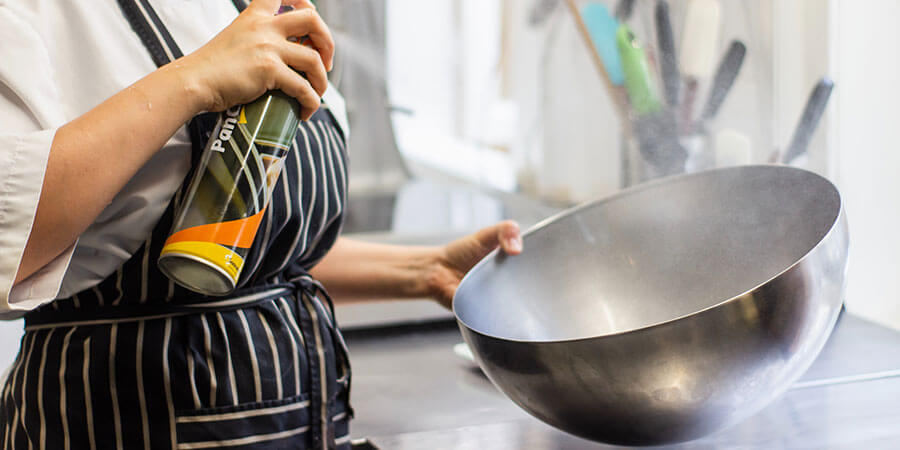Surefire Ways to Keep Mold Out of Your Commercial Kitchen

Roughly 30 percent of buildings are infested with mold. For restaurants and commercial kitchens, with their moisture-producing fridges, freezers, and sinks, this percentage may be even higher. At this rate, it’s likely that most chefs have dealt with mold in their kitchens, and those who haven’t probably won’t have to wait long. When that time comes, panic need not ensue. If the mold is small and scrubbable, you’re good…until it comes back again, bigger and stronger. What to do when you find mold is easy; how to keep it from returning is much harder. The real trick is to prevent it from appearing in the first place.
Regularly Inspect High-Moisture Areas
Mold hotspots include anyplace where moisture can accumulate. In a kitchen that can be anywhere, but the prime suspects are under sinks, behind fridges and freezers, on the floor, and near the ceiling. Mold found under the sink is usually caused by a leak; mold that occurs behind the fridge or freezer is a by-product of their respective cooling systems; floors, mats, and baseboards are constantly bombarded with mold-sustaining spills; and the ceiling is a magnet for both inside and outside moisture. Therefore, not only should these areas be searched for mold but also for leaks, breaks, and holes. Leaks, breaks, and holes mean that if mold isn’t there yet, it will be there eventually.
Check the Insides of Relevant Machinery
Appliances all too often get unchecked. We’ve all heard horror stories of drink machines that haven’t been cleaned in so long that their hoses are caked with decades worth of sediment. The same situation can occur with mold in such appliances/devices as ice machines, dishwashers, and, to add an additional hazard to this already hazardous device, drink machines. Any internal part that comes into contact with liquid can develop mold. And if the part is made of wood or paper it can develop black mold, an unsanitary and potentially deadly species. Black mold may warrant a visit from a professional, which brings us to our last tip.
Thoroughly Clean Problem Areas/Call Professionals if Problem is Too Much
Mold can be removed in a number of ways. Industrial mold removers are the obvious choice, but eco-friendly mold removers can get the job done just as well with less toxicity. Even household products like vinegar, baking soda, and tea tree oil can remove a minor mold infestation. For serious infestations (those that have damaged building material or which pose a health risk to customers and employees), the kitchen’s owner should contact a professional mold remediation service. These experts not only ensure that all mold has been removed and mold-causing breaches are fixed, but that airborne spores are eradicated. With these gone, the chance of a repeat infestation drops significantly.
Mold is a common disturbance in commercial kitchens. It can occur virtually anywhere and compromise the health and safety of employees and customers. However, if the kitchen is regularly cleaned and inspected, and if mold happens to be discovered it is removed immediately and permanently, chefs and restauranteurs shouldn’t have to worry.
Share This!